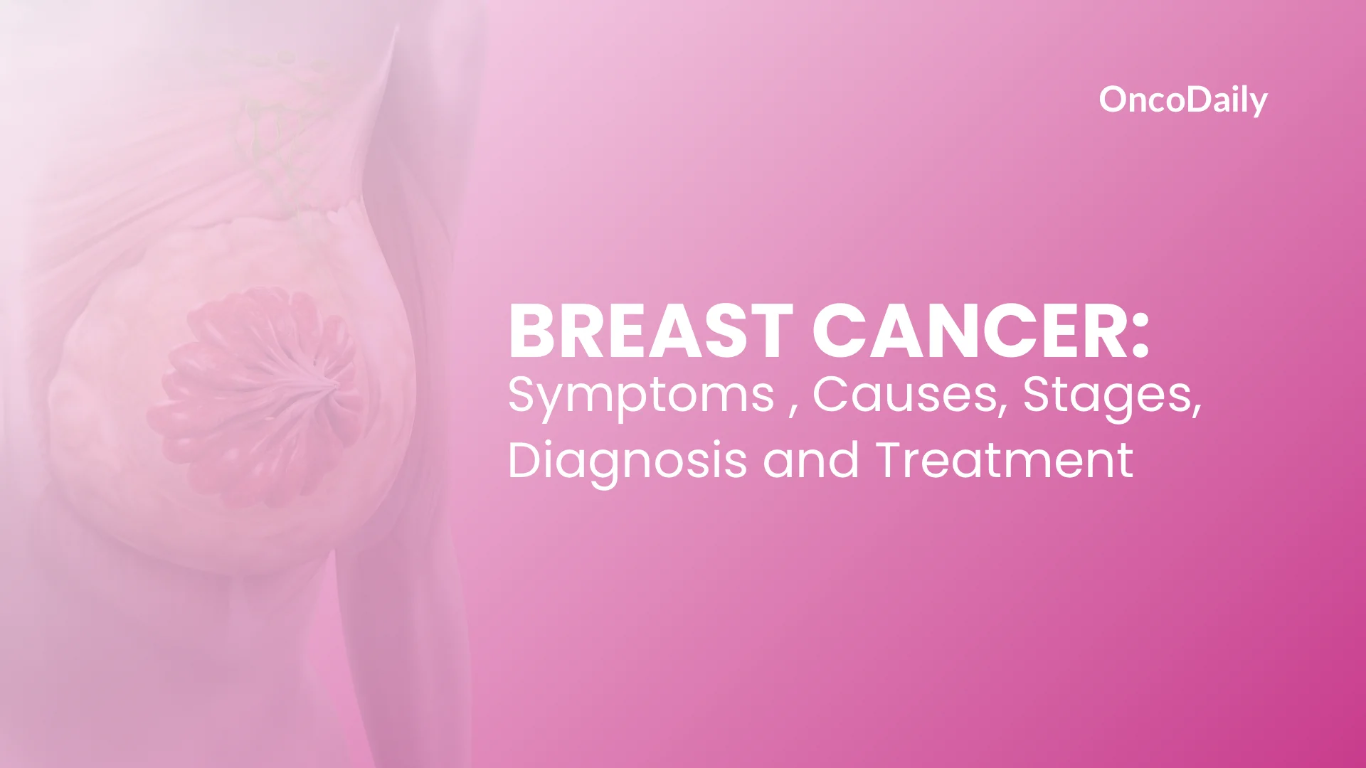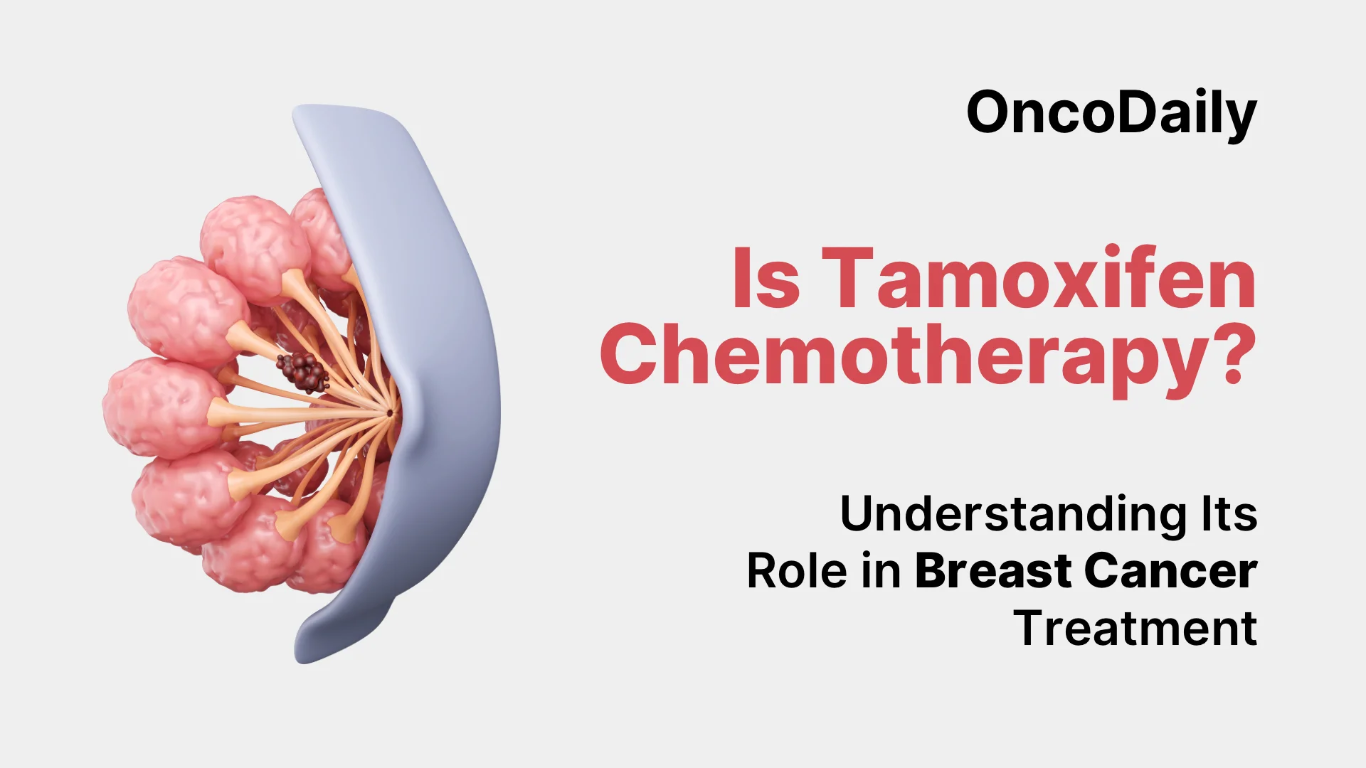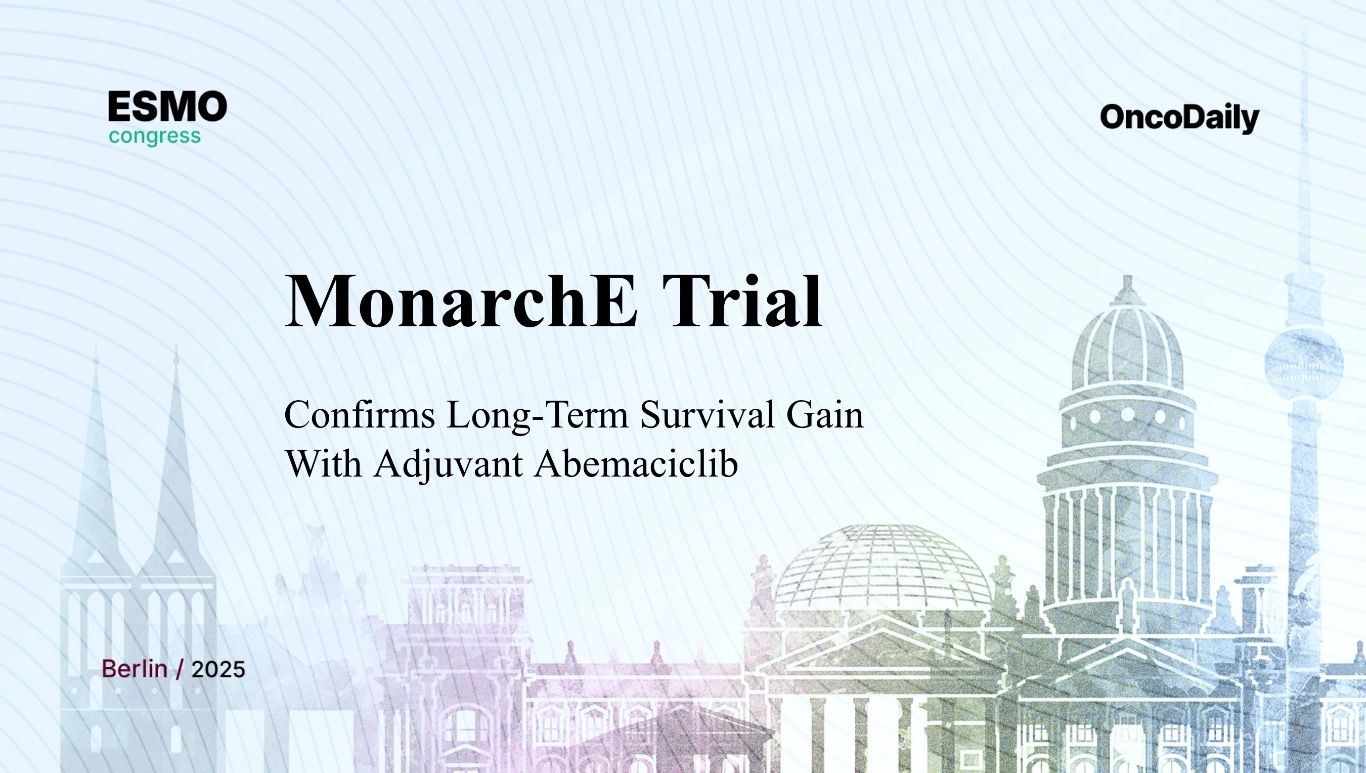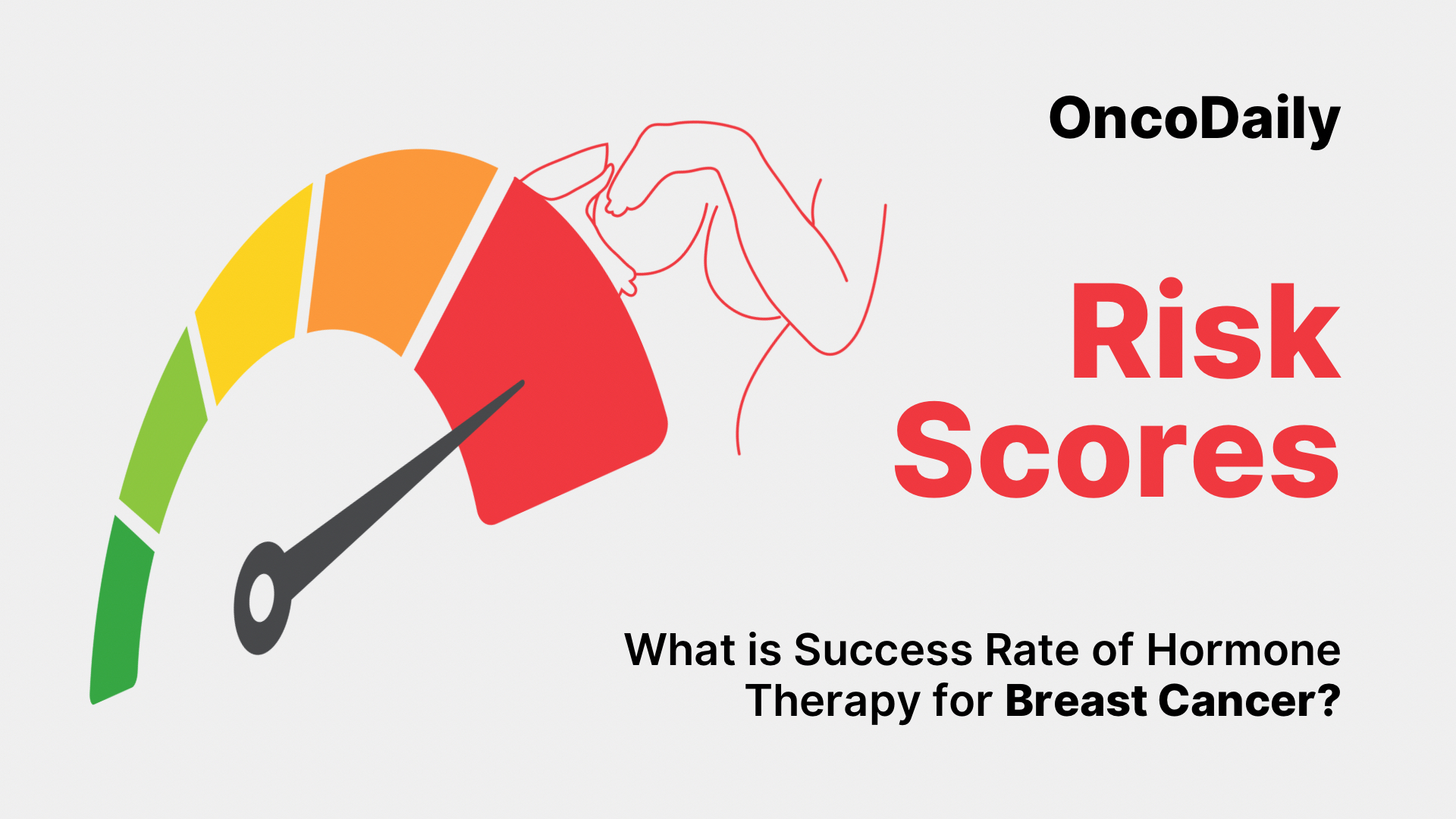The success rate of hormone therapy for breast cancer is among the highest of all treatment options available for hormone receptor–positive (HR+) disease. Hormone therapy—also called endocrine therapy—is one of the most effective and widely used treatments for HR+ breast cancer, which accounts for about 70% of all breast cancer diagnoses worldwide. This therapy specifically targets cancer cells that rely on hormones such as estrogen or progesterone to grow and spread. By blocking or lowering hormone levels in the body, hormone therapy significantly reduces the risk of recurrence and improves long-term survival, helping many patients live healthy, cancer-free lives for years after treatment.

Read About Breast Cancer on OncoDaily
How Hormone Therapy Works
Hormone therapy is not chemotherapy. Instead of directly killing cancer cells, it starves them of the hormones they need to grow. Depending on a patient’s menopausal status, different drugs are used:
- Tamoxifen blocks estrogen receptors on cancer cells.
- Aromatase inhibitors (AIs) such as anastrozole, letrozole, and exemestane reduce estrogen production in postmenopausal women.
- Ovarian suppression (with agents like goserelin) stops the ovaries from making estrogen in premenopausal women.
- Fulvestrant (Faslodex) degrades estrogen receptors and is used in advanced or metastatic disease.

Read About Tamoxifen on OncoDaily
Success Rate in Early-Stage Breast Cancer
For patients with early-stage HR+ breast cancer, hormone therapy has dramatically improved outcomes over the past decades. Clinical trials show that five years of adjuvant hormone therapy after surgery reduces the risk of cancer recurrence by approximately 40% to 50% and breast cancer mortality by 30% to 40% (Early Breast Cancer Trialists’ Collaborative Group [EBCTCG], 2019).
Tamoxifen alone has been shown to cut the 15-year risk of recurrence by about one-third, and aromatase inhibitors provide an additional 30% relative reduction in recurrence risk compared to tamoxifen in postmenopausal women. Extending therapy beyond five years—especially with aromatase inhibitors—has further lowered recurrence risk in some high-risk patients (Pan et al., Lancet, 2017).
Overall, about 85–90% of patients with early-stage HR+ breast cancer remain disease-free five years after completing surgery and hormone therapy, depending on tumor size, lymph node involvement, and other biological features.
Success Rate in Metastatic or Advanced Breast Cancer
In metastatic HR+ breast cancer, hormone therapy remains the cornerstone of first-line treatment—often combined with targeted therapies such as CDK4/6 inhibitors (palbociclib, ribociclib, abemaciclib), PI3K inhibitors, or mTOR inhibitors.
When used alone, hormone therapy in advanced disease typically achieves response rates of 30–40%, with median progression-free survival (PFS) of 8–14 months, depending on prior treatment and menopausal status (Johnston et al., J Clin Oncol, 2021).
However, combining hormone therapy with a CDK4/6 inhibitor has transformed outcomes, doubling PFS to 24–30 months and extending median overall survival to more than 60 months in several large phase III trials, such as MONALEESA-2, PALOMA-2, and MONARCH-3.
These results underscore that even in advanced stages, hormone-driven tumors can be controlled for several years with well-tolerated, oral medications.

Read About MonarchE Trial on OncoDaily
Recurrence and Resistance
Despite its effectiveness, hormone therapy is not a cure for all HR+ breast cancers. A subset of patients develops resistance—either early (de novo) or after prolonged treatment (acquired resistance). Resistance is often linked to genetic mutations in the ESR1, PIK3CA, or AKT1 genes, or activation of alternative growth pathways like mTOR.
Ongoing research aims to overcome resistance by combining hormone therapy with targeted agents that block these signaling pathways. For example, the PIK3CA inhibitor alpelisib or the AKT inhibitor capivasertib has shown benefit when added to endocrine therapy in resistant cases.
Impact on Survival and Long-Term Outcomes
The impact of hormone therapy on survival is profound. According to large-scale meta-analyses, ten years of adjuvant hormone therapy can reduce breast cancer mortality by one-third, leading to long-term survival rates exceeding 85% in early-stage disease (EBCTCG, Lancet, 2019).
In metastatic settings, the advent of combination endocrine-targeted therapy has turned HR+ breast cancer into a chronic, manageable condition for many women, with five-year survival rates of around 35–45%, compared with less than 20% two decades ago.
Quality of Life and Side Effects
Hormone therapy is generally well tolerated, especially compared to chemotherapy. However, side effects can impact quality of life. Common symptoms include hot flashes, fatigue, joint stiffness, mood changes, and decreased libido. Aromatase inhibitors may cause bone thinning or joint pain, while tamoxifen carries a small risk of blood clots or uterine cancer.
Most side effects are manageable through lifestyle changes, supportive medications, and monitoring. Physicians often tailor the duration and type of hormone therapy based on individual risk factors and tolerability.
Personalized Hormone Therapy: The Future
Advances in genomic profiling and molecular diagnostics are paving the way for personalized endocrine therapy. Tests like Oncotype DX and Prosigna help predict recurrence risk and guide decisions about adding chemotherapy. Researchers are also studying next-generation estrogen receptor degraders (SERDs) and combination regimens that can prevent resistance before it develops.
Bottom Line
The success rate of hormone therapy for breast cancer is among the highest of all cancer treatments. In early-stage disease, it prevents recurrence in up to 90% of patients, while in metastatic settings, it provides durable control and extends survival. Ongoing advances in targeted therapy are further enhancing its effectiveness, offering women longer lives with better quality.
You Can Watch More on OncoDaily Youtube TV
Written by Armen Gevorgyan, MD
